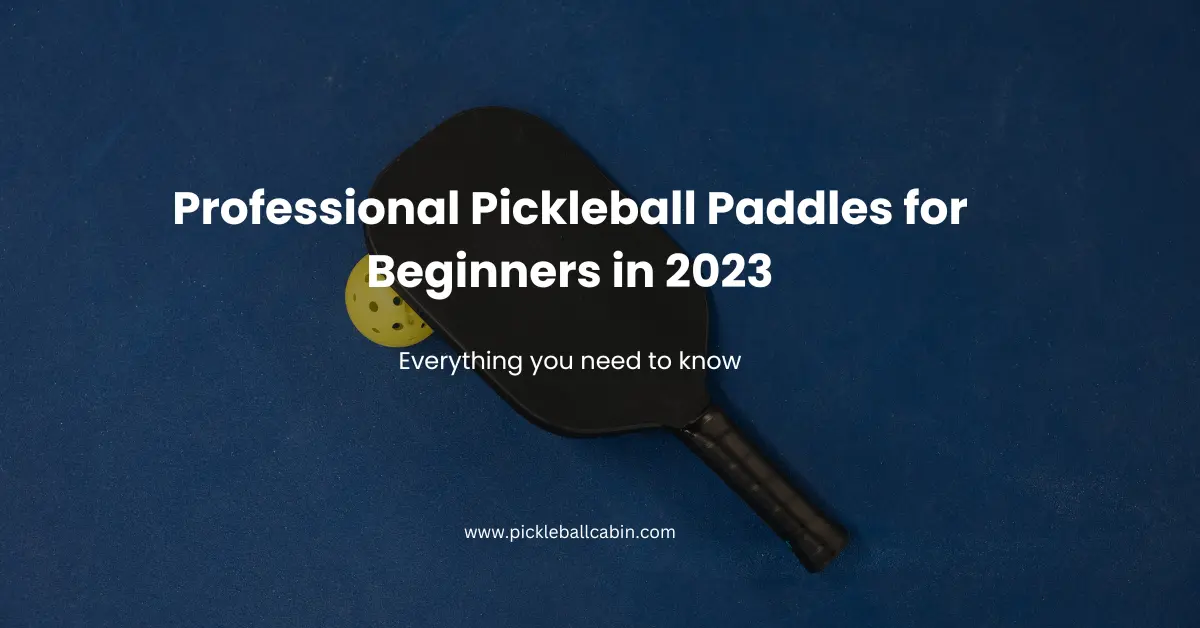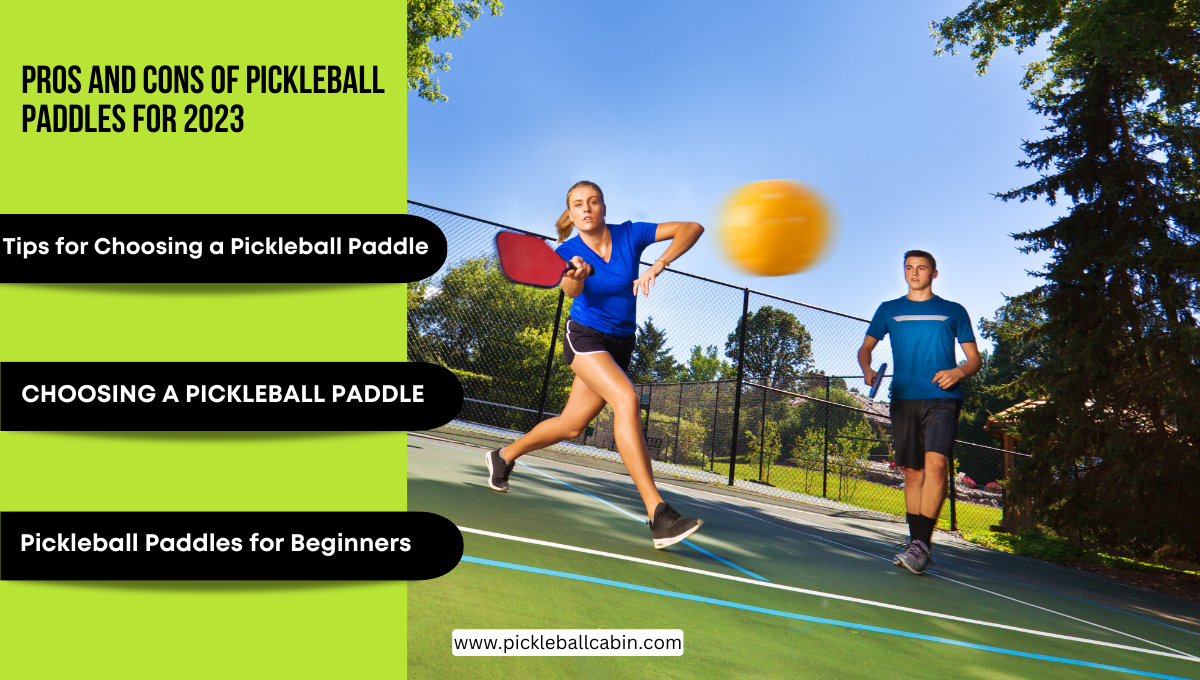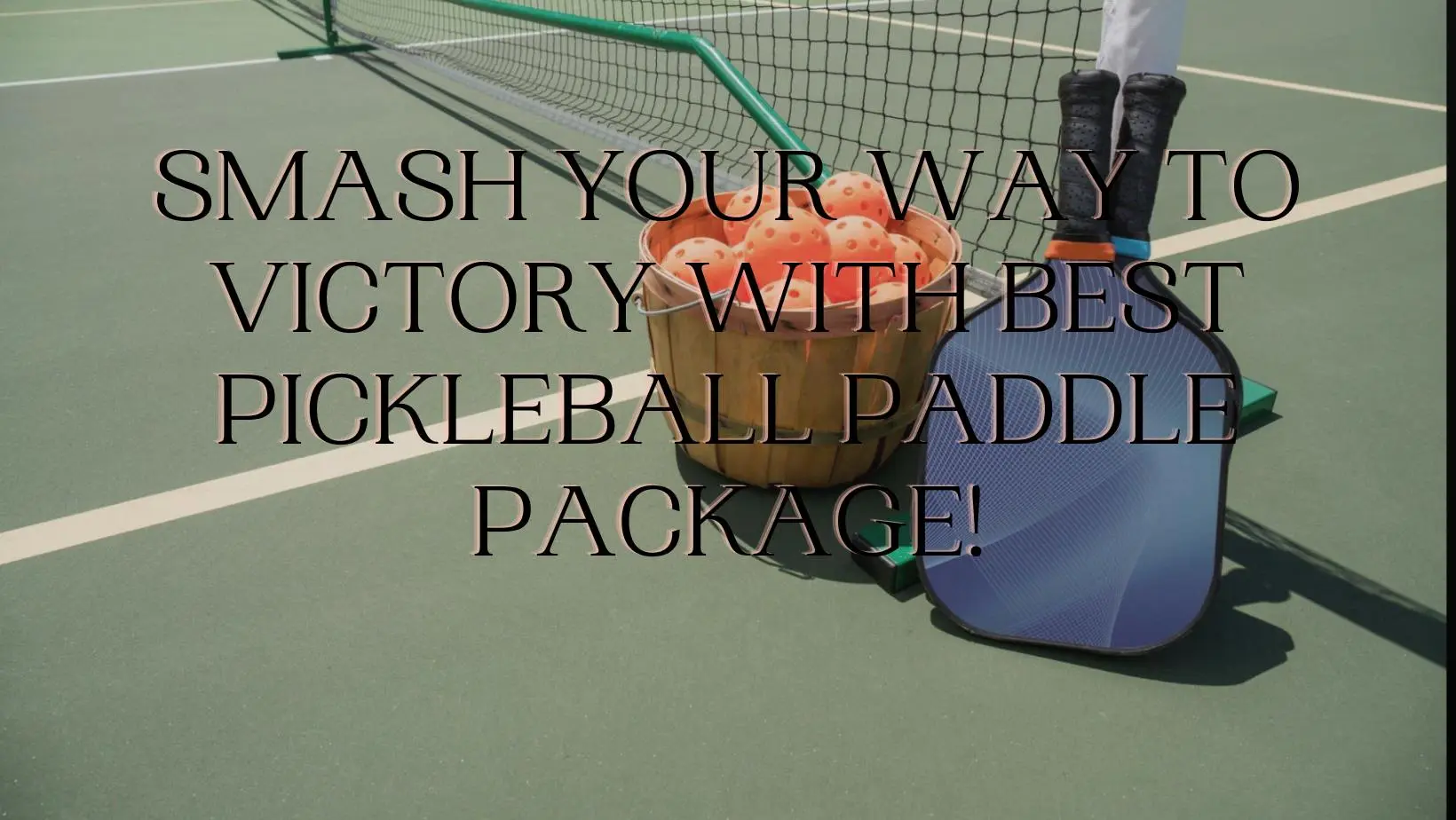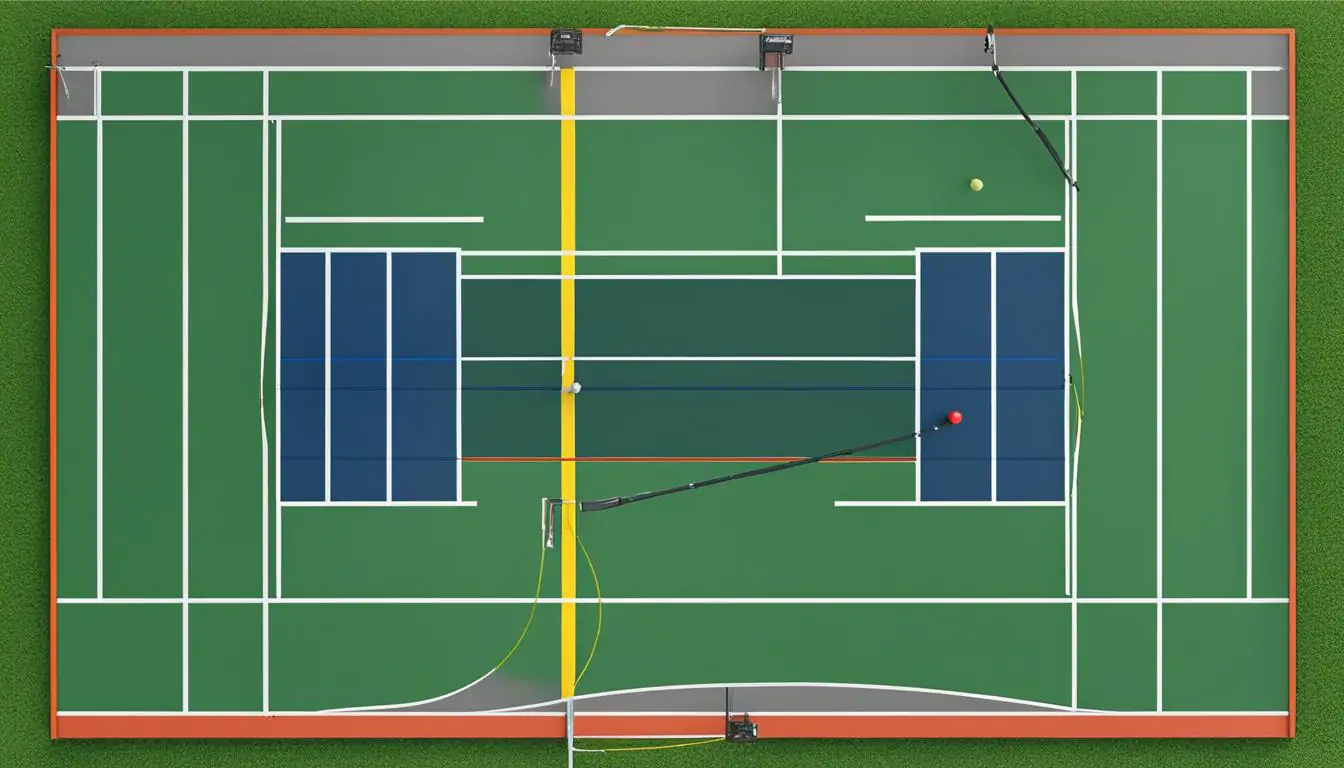As a professional pickleball player, I understand the importance of having a comfortable grip on my paddle. Over time, the grip can wear out, affecting my performance on the court. That’s why regripping a pickleball paddle is an essential part of maintenance to ensure optimal gameplay.
If you’re new to the game or have never regripped a paddle before, don’t worry. In this article, I’ll share with you expert tips and techniques on how to regrip a pickleball paddle efficiently. By the end of this article, you’ll know everything you need to get started and have a regripped paddle in no time.
Key Takeaways:
- Regripping a pickleball paddle is crucial for maintaining a comfortable grip and enhancing gameplay.
- This article provides expert tips and techniques on how to regrip a pickleball paddle efficiently.
- By the end of the article, you’ll have a thorough understanding of the materials needed, step-by-step guide, and maintenance required to ensure optimal performance.
Why Should You Regrip Your Pickleball Paddle?
As an avid pickleball player, I know that equipment is key to success on the court. One important piece of equipment that can often be overlooked is the grip on your paddle. Over time, the grip can wear out and become slick, affecting your control and comfort during gameplay. That’s why regripping your pickleball paddle is essential to maintaining optimal performance.
When you regrip your pickleball paddle, you can restore its tackiness and feel, ensuring a better grip and improving your overall gameplay. A fresh grip can also prevent injury by providing a secure hold on the handle.
Additionally, regripping your paddle can be a cost-effective solution instead of purchasing a new one. With the right materials and techniques, you can easily regrip your pickleball paddle at home, saving time and money.
How To Measure Grip Size For Pickleball Paddle: Guide & Tips
Materials Needed for Regripping a Pickleball Paddle
Before starting the regripping process, it’s important to have all the necessary materials on hand. Here are the items you’ll need:
| Item | Description |
|---|---|
| New grip | A replacement grip that fits your paddle’s handle size and material preference. |
| Grip solvent | A liquid used to dissolve the old grip adhesive and make it easier to remove. |
| Grip tape | A thin adhesive tape used to secure the new grip to the paddle’s handle. |
| Utility knife | A sharp knife used to cut off the old grip and trim the new one to size. |
| Towel | A clean towel to wipe down the paddle’s handle and remove any excess solvent. |
It’s important to note that there are different types of grips, solvents, and tapes available on the market, so be sure to choose ones that are compatible with your paddle and your preferences. Additionally, consider using gloves to protect your hands from the grip solvent and adhesive.
Step-by-Step Guide to Regrip a Pickleball Paddle
Regripping a pickleball paddle is a straightforward process that can be done at home with the right materials and techniques. Follow these step-by-step instructions to regrip your pickleball paddle:
- Remove the old grip: Begin by cutting off the old grip using a utility knife. Starting at the top of the grip, carefully slice through the grip while ensuring not to damage the paddle’s surface. Peel off the old grip and adhesive, making sure to clean any leftover residue using a towel or grip solvent.
- Prepare the paddle: Clean the paddle’s surface using a towel and grip solvent to remove any dirt, dust, or oil. This ensures that the new grip adheres correctly to the paddle’s surface.
- Apply the grip tape: Begin by aligning one end of the grip tape with the bottom edge of the paddle’s surface. Slowly rotate the paddle while wrapping the tape around the handle, ensuring that the tape overlaps itself by about ⅛ inch. Continue wrapping the tape until you reach the top of the paddle’s handle.
- Apply the new grip: Peel off the backing from the new grip and align it with the paddle’s handle, starting at the bottom and working your way up. Ensure that the grip’s seam is aligned with the center of the paddle’s handle. Smooth out any bubbles or creases while wrapping the grip around the handle. Apply firm pressure to ensure a secure grip.
- Trim the excess grip: Use a utility knife to cut the excess grip at the top and bottom of the paddle’s handle. Be careful not to cut the grip tape underneath the grip.
Following these steps will help you regrip your pickleball paddle and give it a new lease on life. Remember to take your time and be patient during the regripping process, and you’ll be rewarded with a comfortable and secure grip during your next game.
Pickleball Paddle Grip Size Chart: Find Your Perfect Fit Today
Tips for a Successful Pickleball Paddle Regrip
Regripping your pickleball paddle can be a straightforward process, but here are some additional tips to ensure a successful outcome:
- Choose the right grip size: Make sure the grip size fits your hand comfortably. A grip that is too small can cause discomfort and lack of control, while a grip that is too large can result in less finesse.
- Apply grip tape evenly: Take your time to apply the grip tape evenly and smoothly, avoiding any wrinkles or folds. Use a towel to apply pressure as you go along.
- Secure the grip properly: Once you’ve applied the new grip, use grip solvent to secure it in place. Make sure the grip is centered and aligned correctly before allowing it to dry.
- Test the paddle: Before using your paddle in a real game, take it for a test run. Make sure the grip feels comfortable and secure, and adjust if necessary.
- Consider adding overgrips: If you want to extend the lifespan of your grip, consider adding overgrips. These thin grips can be replaced more easily and frequently without having to regrip the paddle entirely.
Expert tip: If you’re unsure about any step during the regripping process, do your research and watch video tutorials online. It’s always better to take your time and get it right the first time than to rush and make mistakes.
Tips for Maintaining a Regripped Pickleball Paddle
Once you’ve successfully regripped your pickleball paddle, it’s important to keep it in good condition to ensure optimal performance. Here are some tips for maintaining your newly regripped paddle:
- Regular cleaning: After each match, wipe the handle and grip with a damp towel to remove dirt and sweat. This will prevent build-up and prolong the life of the grip.
- Check for wear and tear: Inspect the grip periodically for signs of wear and tear, such as cracks or peeling. If you notice any damage, it’s time to replace the grip.
- Store properly: When not in use, store your paddle in a cool, dry place to prevent damage to the grip and paddle face.
- Consider using an overgrip: An overgrip is a thin layer of grip material that can be wrapped over your existing grip. It adds extra cushion and can be easily replaced when it wears out, extending the life of your paddle.
- Replace grip when necessary: Over time, even the best grips will wear out and lose their tackiness. When this happens, it’s time to replace the grip to maintain a comfortable and secure grip during play.
By following these tips, you can keep your newly regripped pickleball paddle in top condition and enjoy many more matches with enhanced gameplay.
Pickleball Paddle Grip Replacement: Revamp Your Game Today
Conclusion
Regripping a pickleball paddle is a simple and effective way to enhance your gameplay and ensure comfort during matches. By following the expert tips and techniques shared in this article, you can easily regrip your paddle at home and restore its performance. Remember to choose the right materials, follow the step-by-step guide, and maintain your regripped paddle regularly for optimal results.
Whether you’re a seasoned player or just starting, regripping your pickleball paddle is a DIY project that anyone can do. So why wait? Give it a try and experience the difference for yourself!
FAQ
Q: How often should I regrip my pickleball paddle?
A: It is recommended to regrip your pickleball paddle whenever you notice the grip wearing out or becoming uncomfortable. This can vary depending on how frequently you play and your personal preference.
Q: Can I regrip my pickleball paddle myself?
A: Yes, regripping a pickleball paddle can be done as a DIY project. With the right materials and following the step-by-step guide, you can easily regrip your paddle at home.
Q: What size grip should I choose for my pickleball paddle?
A: The size of the grip depends on your hand size and personal preference. It is recommended to try different grip sizes to find the one that feels most comfortable and secure.
Q: How long does it take to regrip a pickleball paddle?
A: The time it takes to regrip a pickleball paddle can vary depending on your experience and familiarity with the process. On average, it can take around 30 minutes to an hour to complete the regripping process.
Q: Can I reuse the old grip tape?
A: It is generally recommended to use new grip tape when regripping your pickleball paddle. Reusing old grip tape may not provide the same level of adhesion and could affect the overall grip quality.





